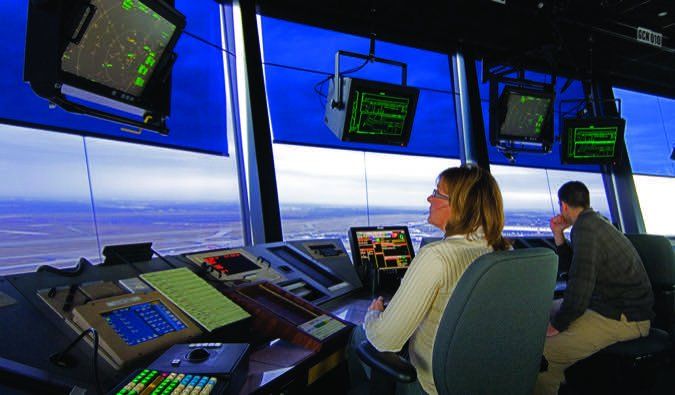There’s really no question that maintaining radio and radar contact with ATC significantly adds to flight safety, whether you’re IFR or VFR, and whether you’re going somewhere or just boring holes. But it’s vitally important to remember that when your communications are lost, airplanes fly on physics discovered by Bernouli, not on communications pioneered by Marconi. Losing communications or radar contact will not cause your plane to spiral down and leave a smoking hole in the ground. In my home state of Idaho, mountain ranges often block line-of-sight radio signals and radar returns, so I’ve grown familiar with how to cope safely.
There are lots of reasons we can lose contact with ATC, and human error seems to be the most common. Sometimes ATC gives the wrong frequency. Other times, pilots simply mishear, or transpose numbers. That’s why we do readbacks. Whether thanks to turbulence or fat fingers, we can incorrectly enter new frequencies. No matter what your flying habits are, you should be prepared and know how to respond when communications are sketchy or even nonexistent. Lost comms and/or radar can be a precursor to something worse, but it doesn’t have to be that way. When it happens to you, which it will, your best defense is knowing your options while flying the airplane.
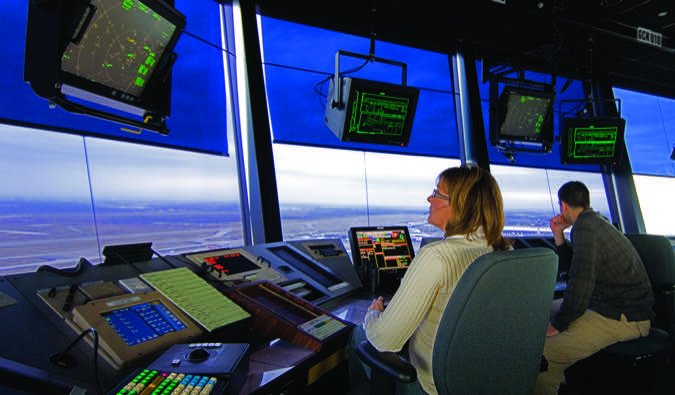
Loss of Radio
I fly in a lot of areas where ATC coverage isn’t comprehensive, often at altitudes well below the flight levels, in fairly high terrain (10,000-13,000 feet msl), so losing communications with center is often routine. Lately, as I fly in the mountains and canyons around my new home base of Salmon, Idaho, I am learning the specific locations and altitudes where contact disappears and where it returns. It is the kind of handy local knowledge that is reassuring. For other pilots passing through these same mountainous areas, however, losing contact might come as a surprise.
Recently, I was on an IFR flight from Salmon, Idaho, to Boise. We were still in icing season and the prop heater had just been repaired. I climbed out of Salmon through a 2000-foot-thick cloud layer and quickly picked up a half inch of ice. Prop and pitot heat were on, so I blew the boots and successfully came out on top.
I called into center and heard, “N12345, thanks for the icing report, maintain VFR on top, change to frequency 128.05. If they don’t respond, you should be able to pick them up in another four-zero miles.”
Soon, I attempted to hail Salt Lake Center. No joy. I checked my radio by putting it into test mode and heard confirming static. That told me it was receiving signal and had volume, so the radios were okay. I had been told not to expect a response for 40 miles, so silence at the other end seemed reasonable.
While I waited for contact, I could see the deck of clouds ahead climbing to my altitude and above. When the tops started coming up to greet me, I flipped on the prop heat again and the circuit breaker immediately popped. Well, great. Now, I really had to change altitudes.
“Salt Lake Center, N12345, VFR on top at one two thousand 500, need higher to remain clear…Salt Lake…Salt Lake…” No joy.
This is the kind of circumstance that can get you in trouble if you view radio communications as more important than flying the plane. Center expects me to be at 12,500, but that altitude will put me back into ice and without prop heat, I am now a bit less equipped. Because I was on a VFR-on-top clearance, I had to climb anyway, to maintain VFR, which meant I was entitled to change altitudes at my discretion.
While being on an IFR flight plan made me feel the need to inform ATC before making the climb, it wasn’t required. Since they didn’t respond, and I needed to stay clear of the clouds, I exercised my discretion. Had I been in IMC and out of communication with a hard altitude assignment and picking up ice, I could have done the same. The pilot does not need permission to take actions that are in the interest of safety.
I continued climbing to avoid the icing layer and eventually reconnected with center while passing through 15,000 feet. I explained the reason for my new altitude and was again cleared to stay on top. No harm, no foul. Had I busted a hard altitude assignment, I could have explained that while out of contact, I declared an emergency to get a higher altitude.
Loss of Radar
Another type of contact we can lose is radar coverage. On numerous occasions while flying at 11,500 feet across the central Idaho mountains, center has informed me that radar contact was lost. If you are on flight following, there are generally two ways controllers handle this. Often it is the perfunctory, “Radar services terminated, squawk VFR, good day.” You can ask for the controller to reconsider and allow you to keep your squawk, but they don’t have to. More charitable controllers will keep you on your current squawk code and inform you that you can expect contact again in a few miles. They may even give you the frequency for the next sector and a specific reporting point.
Make the request to keep the squawk until the next sector. The benefit of keeping it is that you are still in the system. Then if your squawk code doesn’t appear on the next controller’s screen, the emergency response system is triggered and the authorities will start looking for you. That is one of the main reasons for using flight following in the mountains. You know that others know your last location with some level of precision and will keep track of you.
If you are IFR, ATC doesn’t have the option of letting you go. The next reporting point will be given to you, and it will be your responsibility to know what the compulsory reporting points are on your flight plan. Chances are, you might be picked up on radar again before you reach the next reporting point.
The bottom line is if you haven’t been informed that radar service is terminated and you lose contact with ATC, know that ATC is looking for you. If you go Nordo, numerous phone calls to nearby facilities will be made trying to reestablish communications. And ATC will initiate security and possibly search-and-rescue protocols.
Loss of Brain
One time while flying across a no-man’s land in Texas, I was given a frequency change and used the gap between Sector A and B to take care of a few things in the cockpit. When I was finished, I tried to hail the new sector frequency for the handoff, but there was no response. I tried to go back to the old frequency, but by then I was far enough away they couldn’t hear me, and no one else was on frequency to relay. Eventually, I resorted to looking up the sector frequency on my IFR chart, and realized I had entered the assigned frequency wrong when I punched it in. When I finally got back on frequency, a female controller with a deep Southern drawl said, “Hon, it’s about time you called us. We’ve been looking for you.”
I have made a few other boneheaded mistakes where I unintentionally lost communications. I have put the new frequency onto radio 2, then failed to activate radio 2 on the audio panel as my transmitting or listening frequency. And I have been known to switch radios to one with the volume lowered, so even though I was calling just fine and the other side could hear me, I could not hear the responses.
Tools You Can Use

When considering lost communications—and sometimes, even loss of radar contact—there are some defensive measures pilots can employ to help ensure neither event happens or, if it does, that the effects are minimized.
Take Notes
You write down IFR clearances and the information you need to depart VFR from Class C and B airports, right? The assigned squawk code and ATC frequencies? Why not write down each subsequent frequency and old squawk code if/when you get a new one? That way, you’ll have a record and can reenter those digits if you need them. Yes, many of us simply use a radio’s flip-flop frequency window to keep track of the previous frequency, but that often may not be enough of a record. And transponders usually don’t have flip-flop capability. Write it down; that’s what the pros do.
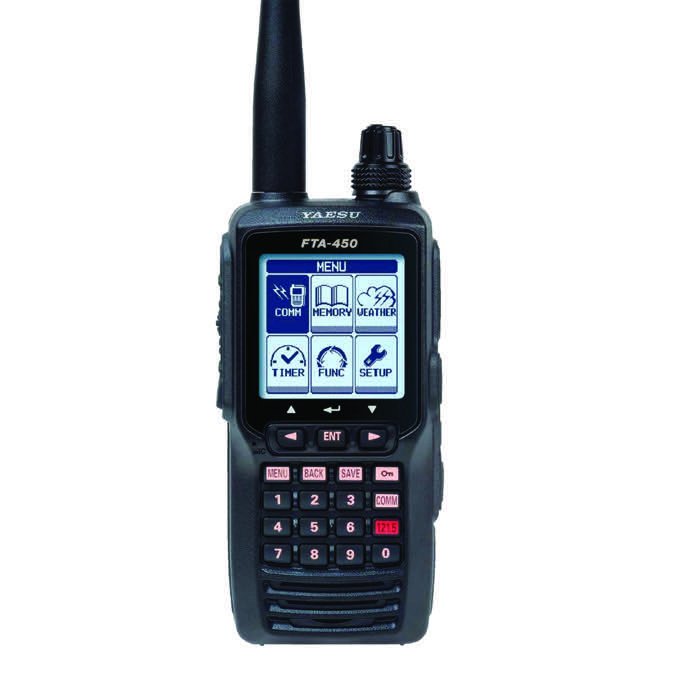
Carry a Handheld Comm Radio
Another suggestion is to carry a spare radio, a handheld like the Yaesu unit pictured at right. Full-featured units are programmable, include a GPS receiver and can receive VOR/LOC/ILS signals. Ideally, they should be connected to an antenna mounted on the airplane’s exterior—your avionics shop will know how to install the appropriate connector.
Troubleshooting
When trying to figure out why you can’t communicate with anyone, the first thing to do is fly the airplane. Airplanes don’t crash due to faulty radios. Then start looking. You want to eliminate obvious culprits as well as any dangerous ones. I break it into four phases:
Phase 1: Keep flying the airplane, and check for the common (and most likely) boneheaded human errors: Check your frequency. Eliminate the possibility it was misspoken, misheard or mis-entered. Is the correct radio being used and is the audio panel set to the correct radio?
Are the volume and squelch set appropriately? Pull the test button to verify sound is making it to your headset. Is your headset still plugged in? Did you try your other radio with the correct frequency? If none of these work, move to phase two.
Phase 2: Keep flying the airplane. Check the electrical system, eliminating it as a problem. Is the circuit breaker popped? What about the ammeter and battery levels? If your radios are out, you may be losing other systems. If you suspect a deeper electrical issue, start looking for the nearest airport. If you smell smoke, now is a great time to consider a precautionary landing.
If your radios and other electrical systems are okay, tune to your last working frequency and ask for someone to act as a relay to ATC. When you lose contact with ground-based ATC, others in the air often can hear you just fine.
Phase 3: Keep flying the airplane. If none of the frequencies you have tried are showing you any love, get innovative.
Try Flight Service (122.2 MHz) and/or guard frequency (121.5 MHz). Airliners and many ATC centers monitor 121.5 and if they are looking for you, there is a good chance someone will be listening. (There’s a Notam in effect since 2001 requiring operators, if able, to maintain a listening watch on 121.5 MHz. Everyone does this, of course.)
Phase 4: Squawk 7600…and keep flying the airplane. You can figure it out and fix it on the ground.
If you are in IMC and on an IFR flight plan, you know the rules. Fly your last clearance at a safe altitude and continue with your planned flight to your destination as filed or as cleared. If you’re in VMC on an IFR flight plan, FAR 91.185 wants you to “continue the flight under VFR and land as soon as practicable.”
If you were VFR and receiving flight following, when you land call in and let ATC know what happened. If your destination has a tower, you might expect light-gun signals. You also may consider landing at a non-towered airport that doesn’t require establishing two-way communications.
In The Real World
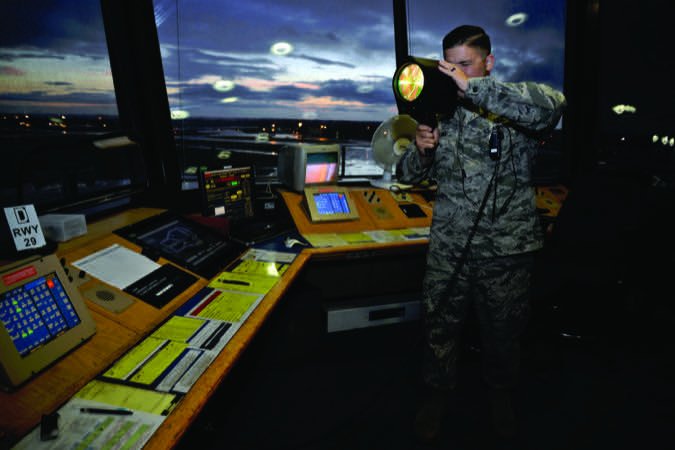
Early last year, I lost communication capability while approaching my destination, in IMC and on an IFR flight plan. I could hear ATC but not transmit, thanks to a failed push-to-talk switch. After trying all the microphones and PTT switches in the airplane, I ended up dialing 7600 into the transponder.
The controller saw the new code immediately and, since I was otherwise complying with his instructions, vectored me onto a wide and high downwind for the landing runway. Along the way, he had me squawk the old code, which I had written down. By then, I had broken out of IMC and spotted the airport.
The remainder of the approach, landing and taxi to the ramp was uneventful (“Give way to the Southwest 737 on the intersecting taxiway…”), and I was disappointed I never got light signals from the tower.
Don’t be that guy
One of the most important reasons we have radios is to separate us from other traffic. If you have lost communication with the outside world, you still have your eyes. Look outside. Don’t get so obsessed with the radios that your head stays in the cockpit when it should be on a swivel looking for traffic. The NTSB has accident reports where pilots experienced either spotty or lost communications and did precautionary off-field landings, lost control or collided with terrain. Maybe they were distracted trying to resolve their communications issues; maybe they just forgot to fly the airplane.
ATC by Phone?
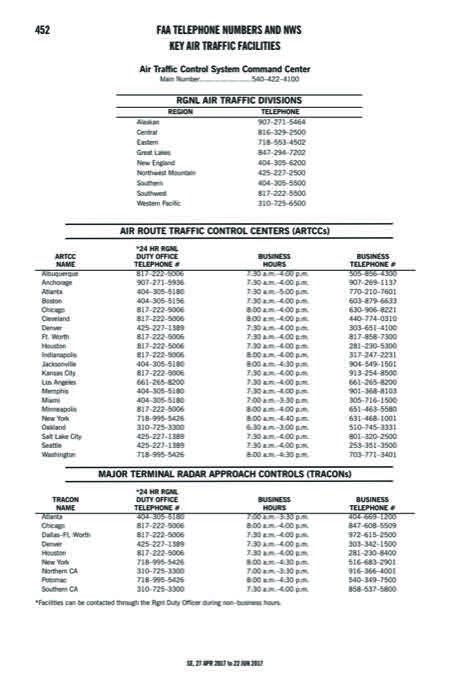
It isn’t always easy to find land-line numbers to ATC facilities, but if you have them, you can establish two-way communications with your cellphone, and at least let ATC know what’s going on. Modern headsets by leading manufacturers often have Bluetooth connections that make this a practical alternative to more conventional two-way radio communications.
It might be a bit of a dig through your EFB to find them, but the FAA’s Chart Supplement publication, formerly the Airport/Facility Directory, includes a list of telephone numbers for various ARTCCs and Tracons. In ForeFlight, the regional Chart Supplement publications are found under the FAA menu item from within the Documents section.
Beware of turning lost communications into an emergency. It probably isn’t. The most important thing to remember is to fly the airplane and think of a way to reestablish communications at the same time.

